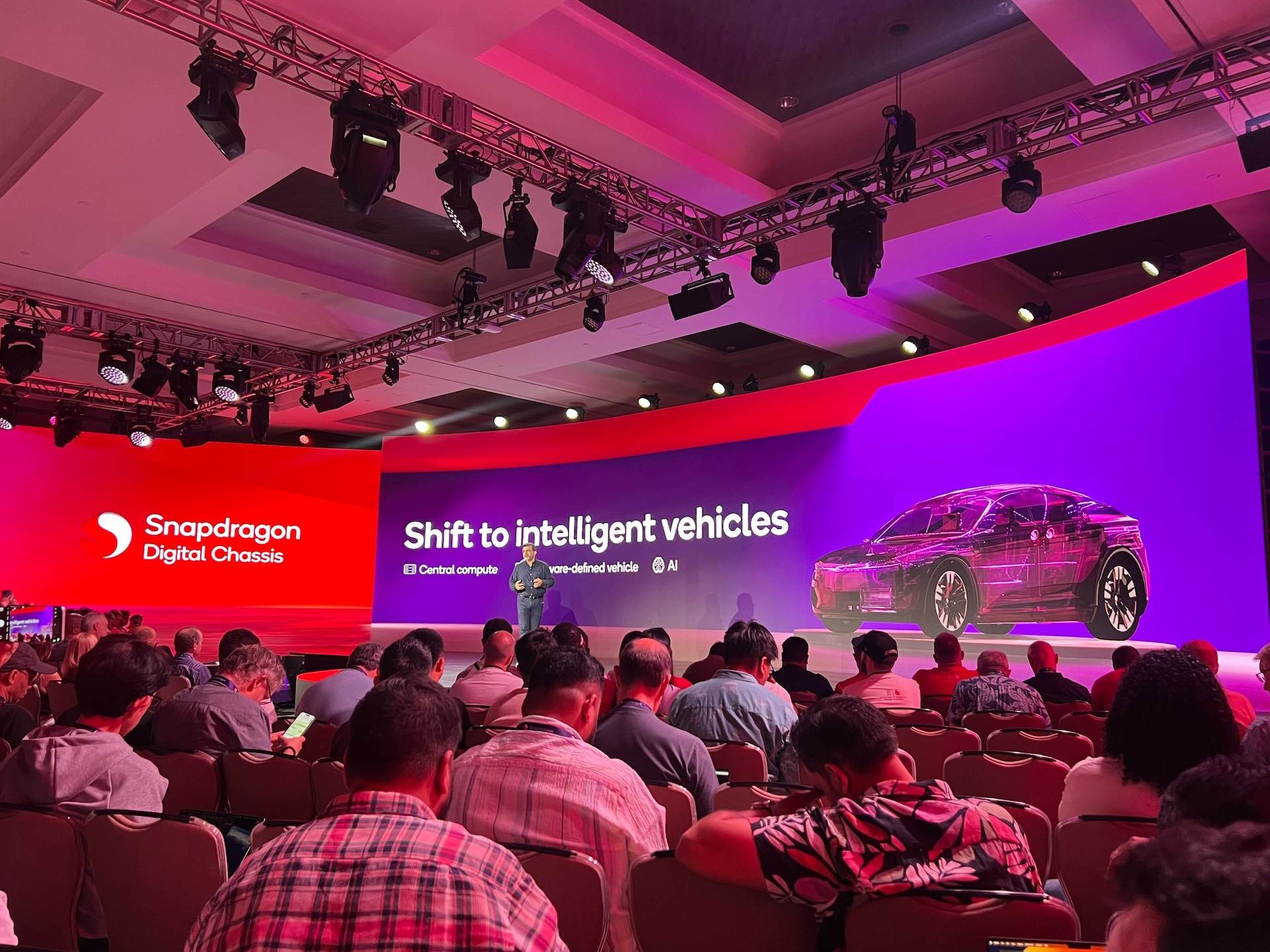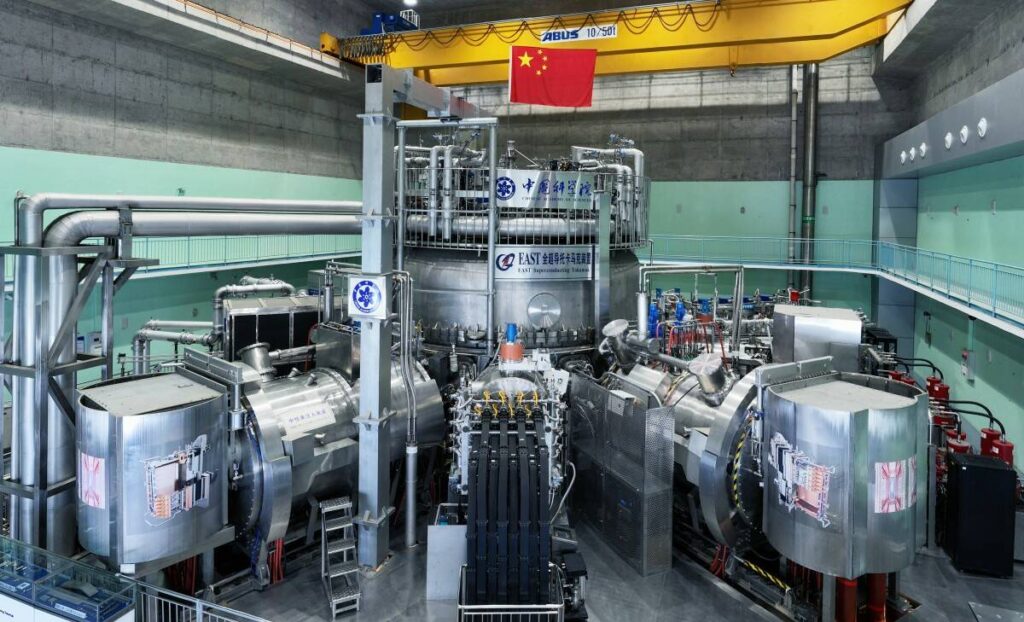Why Mercedes, General Motors, and Google Are Pushing AI For Cars

Technology tamfitronics
If you’ve been covering car technology as long as I have—30-plus years—you see and hear about more than your share of vaporware. Remember when everyone from GM’s Mary Barra to Elon Musk said we’d have self-driving cars by 2020? I do. Half a decade later only Google’s Waymo is delivering on that promise.
So I was skeptical last week when at semiconductor supplier Qualcomm’s Snapdragon Summit in Hawaii, it showed off a slew of AI-enhanced future features for cars to celebrate the introduction of its latest silicon for software-defined vehicles (SDVs). One was head-up display style translucent overlays that show information such as a museum’s hours and admission price in a driver’s field view as they pass by. It also showed similar popups that remind young passengers in the back seat of a school quiz the next day and offers to create flashcards. Or connect them to a friend online—which most teens would likely choose over studying.
‘OEMs Are Wanting to Move Very Fast’
While this looks and sounds like a technology concept we may not see for years down the road, Nakul Duggal, group general manager of automotive, industrial, and cloud for Qualcomm, said it could come to cars much faster. “With the platforms they’re building, OEMs are wanting to move very fast, and they’re going to put these chips into the market in 18 months.”
Of course, those chips are from Qualcomm and underpin the new Snapdragon Cockpit Elite and Snapdragon Ride Elite semiconductors the company unveiled on Maui as a significant update to its Snapdragon Digital Chassis. Snapdragon Cockpit Elite controls in-cabin features such as entertainment, navigation, and climate control, while Snapdragon Ride supervises driver assist systems and automated driving. Qualcomm said its Elite platforms provide a three-times increase in computing power and a 12-times boost in neural processing needed for AI over the company’s previous-generation technology and that the new chips can support processing for up to 16 high-resolution displays and data from more than 40 exterior and interior sensors.
While Qualcomm is supplying the silicon foundation to accelerate AI-enhanced tech in future vehicles, in Hawaii it also announced a multiyear collaboration with Google to build a “unified framework for SDV development with vehicle-to-cloud infrastructure based on foundational technologies from both companies.” Translated this means the two tech titans are developing an SDV framework using Qualcomm’s chips mated to Google’s Android Automotive OS, Google Cloud computing, and its Gemini Nano on-device “edge” processing. Or as Duggal called it, “a crazy amount of AI,” giving automakers the ability to build tech that generates output using voice assistance, sensors, and real-time mapping to proactively anticipate the needs of drivers and passengers.
Automakers Are Ready to Roll
Of course, tech companies like Qualcomm and Google move at lightning speed compared to customarily plodding automakers. But Duggal said Qualcomm’s automaker clients are ready to roll out the tech shown at the Snapdragon Summit. “The good news is it has less to do with the automakers and more to do with how you design the software,” Duggal said. “OEMs designing their software with the mindset of the application being intelligent enough to perceive the environment and provide much more valuable input to the customer are going to be the ones that fare better.”
Mercedes-Benz AG chief software officer Magnus Östberg appeared at the Snapdragon Summit via video to promote the automaker’s upcoming MB.OS upgrade that’s powered by Qualcomm silicon. He outlined how Mercedes-Benz is fast-tracking its SDV development to speed up AI-enhanced advances and deliver unique in-car experiences. “The core of MB.OS is decoupling hardware from software to make the process of delivering new features faster and more adaptable,” Östberg said.
Mercedes isn’t alone in its rush toward an SDV architecture or its reliance on Qualcomm silicon. Vehicle demos on hand at the Snapdragon Summit included a BMW i5 M60, Chevy Blazer EV, and Rivian R1S. GM CEO Barra and BMW CTO Frank Weber beamed in via video, Rivian’s head of software Wassym Bensaid and executives from Chinese automakers Li Auto and Great Wall—who highlighted China’s leapfrogging approach to AI— appeared on stage. The show of car industry sheetmetal and star power at the Snapdragon Summit is a testament to Qualcomm’s reach—and its estimated automotive revenue pipeline $45 billion.
A Car That Truly Listens
When pressed on how long it will be before we see tech like poster-size point-of-interest (POI) info projected in front of drivers, Duggal was equally bullish. “If you read between the lines on what we announced with Google, having this kind of intelligent POI experience in the car is not very difficult to implement,” he said. “There’s a tremendous amount of opportunity in terms of how to look at maps and how can you connect them to the personalization that’s possible.”
Other AI-generated features Qualcomm showed at the Snapdragon Summit include zonal audio that directs specific sound to each car occupant. For example, alerts for safety features such as lane departure warning would be directed at the driver while rear passengers would only hear the soundtrack while watching a movie or gaming and vice versa. The car could also listen to each occupant and respond to their needs. “If a passenger says, ‘I’m cold,’ the system increases the temperature only in their zone,” said Mark Granger, Qualcomm’s senior director of product management.
The car could even anticipate a driver’s preferences and have ability to sense the weather to ask: “It’s a beautiful day. You always like your sunroof open? I’ll go ahead and open it.” It comes down to Qualcomm and its automaker and tech partners designing software that senses specific use cases, “designing cameras that sense the world around them and then articulating data for various types of applications,” Duggal said.
As a part of what it calls an AI-driven “digital life,” Qualcomm also showed a concept of a semi-autonomous vehicle’s ability to determine that there isn’t parking available near a destination and offer to drop drivers off and later pick them up at the doorstep. But we’ll have to wait for fully self-driving cars for that feature. If experience tells me anything, however, features like that seem like a long way off.
Discover more from Tamfis Nigeria Lmited
Subscribe to get the latest posts sent to your email.



 Hot Deals
Hot Deals Shopfinish
Shopfinish Shop
Shop Appliances
Appliances Babies & Kids
Babies & Kids Best Selling
Best Selling Books
Books Consumer Electronics
Consumer Electronics Furniture
Furniture Home & Kitchen
Home & Kitchen Jewelry
Jewelry Luxury & Beauty
Luxury & Beauty Shoes
Shoes Training & Certifications
Training & Certifications Wears & Clothings
Wears & Clothings
















